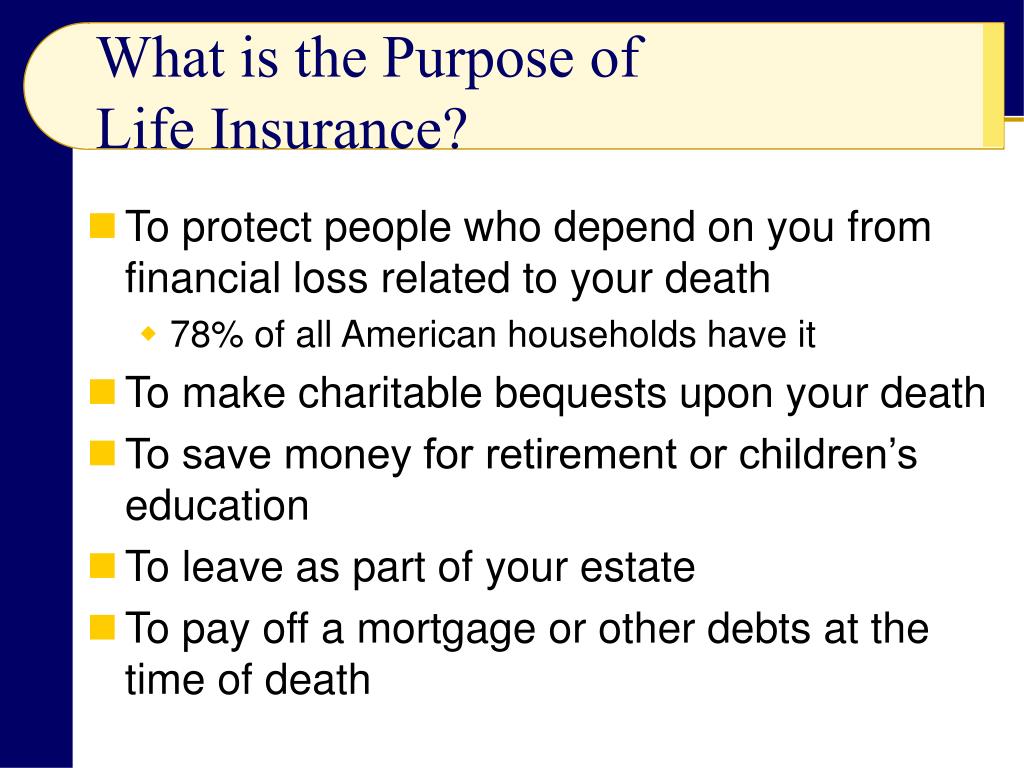The Ultimate Guide To Pacific Prime
Table of ContentsThe Ultimate Guide To Pacific PrimeRumored Buzz on Pacific PrimeLittle Known Questions About Pacific Prime.4 Easy Facts About Pacific Prime DescribedSome Known Factual Statements About Pacific Prime

This is since the information were collected for a duration of strong financial efficiency. Of the approximated 42 million people that were without insurance, all yet about 420,000 (concerning 1 percent) were under 65 years of age, the age at which most Americans end up being eligible for Medicare; 32 million were adults in between ages 18 and 65, about 19 percent of all adults in this age team; and 10 million were youngsters under 18 years old, about 13.9 percent of all children (Mills, 2000).
These quotes of the variety of persons uninsured are created from the yearly March Supplement to the Current Population Study (CPS), carried out by the Demographics Bureau. Unless or else noted, national price quotes of individuals without health insurance policy and proportions of the populace with different type of protection are based on the CPS, the most widely used source of price quotes of insurance policy protection and uninsurance prices.
Not known Facts About Pacific Prime

Still, the CPS is especially helpful due to the fact that it generates annual quotes relatively swiftly, reporting the previous year's insurance policy coverage estimates each September, and due to the fact that it is the basis for a constant collection of estimates for more than 20 years, enabling analysis of fads in protection gradually. For these factors, in addition to the extensive use the CPS in other studies of insurance policy protection that are offered in this record, we count on CPS estimates, with limitations noted.

The price quote of the number of uninsured people broadens when a populace's insurance coverage status is tracked for several years. Over a three-year duration starting early in 1993, 72 million individuals, 29 percent of the U.S. https://pubhtml5.com/homepage/pspip/. populace, lacked protection for at the very least one month. Within a single year (1994 ), 53 million individuals experienced at least a month without insurance coverage (Bennefield, 1998a)
6 out of every 10 uninsured adults are themselves utilized. Although working does boost the probability that one and one's member of the family will have insurance coverage, it blog is not a guarantee. Also participants of family members with 2 permanent breadwinner have almost a one-in-ten chance of being uninsured (9.1 percent uninsured rate) (Hoffman and Pohl, 2000).
Getting The Pacific Prime To Work
New immigrants represent a substantial proportion of individuals without medical insurance. One evaluation has attributed a significant portion of the current development in the size of the united state without insurance populace to immigrants who got here in the country in between 1994 and 1998 (Camarota and Edwards, 2000). Current immigrants (those that concerned the USA within the past 4 years) do have a high price of being without insurance (46 percent), but they and their kids represent just 6 percent of those without insurance country wide (Holahan et al., 2001).
The connection in between medical insurance and access to care is well established, as recorded later on in this phase. Although the partnership in between medical insurance and health and wellness outcomes is neither direct neither straightforward, a comprehensive scientific and health and wellness solutions study literature web links medical insurance coverage to enhanced access to care, better quality, and enhanced individual and population health status.
Levels of evaluation for checking out the results of uninsurance. This conversation of wellness insurance policy protection focuses mainly on the U.S. populace under age 65 due to the fact that practically all Americans 65 and older have Medicare or various other public insurance coverage. It concentrates particularly on those without any type of health insurance for any type of size of time.
A Biased View of Pacific Prime
The issues dealt with by the underinsured remain in some areas similar to those faced by the without insurance, although they are normally much less extreme. expat insurance. Uninsurance and underinsurance, however, involve clearly various policy concerns, and the methods for addressing them might vary. Throughout this research and the 5 records to comply with, the main focus is on persons with no wellness insurance and hence no help in paying for wellness care past what is readily available via charity and safeguard organizations
Wellness insurance coverage is an effective aspect influencing invoice of care due to the fact that both individuals and doctors respond to the out-of-pocket cost of solutions - https://pacific-prime-45752335.hubspotpagebuilder.com/blog/pacific-prime-your-trusted-source-for-comprehensive-insurance-solutions. Medical insurance, nevertheless, is neither essential nor enough to access to medical services. The independent and straight effect of health insurance policy coverage on accessibility to health and wellness services is well developed.
Others will certainly obtain the health care they need even without medical insurance, by paying for it expense or seeking it from service providers that use care free or at very subsidized rates. For still others, wellness insurance coverage alone does not guarantee receipt of treatment due to other nonfinancial barriers, such as a lack of health treatment suppliers in their neighborhood, limited access to transportation, illiteracy, or etymological and cultural distinctions.
The smart Trick of Pacific Prime That Nobody is Talking About
Formal study about uninsured populations in the USA dates to the late 1920s and very early 1930s when the Committee on the Expense of Treatment produced a series of reports about financing medical professional office brows through and hospitalizations. This problem came to be salient as the numbers of medically indigent climbed up throughout the Great Depression.